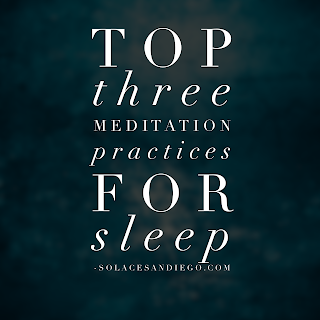How to Get Out of a Running Rut
by Kathleen Lisson
As a San Diego half marathon runner, an ACE Certified Personal Trainer and a RRCA Certified Running Coach I have seen first-hand the effects of getting into a running rut in my off season. I enjoy periodized workouts when training for half marathons, but how do I keep my interest in running for the months I’m not actively training? Here are my tips for getting out of a running plateau.
San Diego offers 12 months of good weather for outdoor workouts, so San Diego athletes can get stuck in a workout plateau if they are working with a growth-based mindset but not a growth-based workout routine. During the first few months of a running program, focusing on improved health is easy - we are running farther and faster and our body is becoming stronger. Once we are locked into our workout, only negative feedback will drive us to prevent the loss of our fitness gains. This prevention mindset feedback is mostly failure based - we can see when we didn't run according to our schedule that our running times are slower and it is harder to complete long runs.
Smart coaches and athletes organize their workouts according to periodization - the concept that athletes get stronger with a workout that changes as the athlete gets closer to competition. All athletes can take advantage of this concept by throwing a few fitness hacks into their routine when their workout gets stale.
Take it up a notch - increase the weight you lift in your weight workout and balance that with less repetitions and sets. If you are stuck at 3 sets of 12, experiment with lifting more weight in 2 sets of 7. Do the math to make sure you are lifting the same total pounds in your entire workout. Changing the weight will allow your muscles to react to heavier weights.
Run longer - stuck in a 6 mile loop routine that stopped giving you results months ago? Run the same weekly mileage, but vary the miles in each workout. For instance, replace two 6 mile runs with running 8 miles one day and 4 miles the other. Keeping the same total weekly mileage will allow your body to run longer distances without overtraining.
Run your route backwards - Tired of your running route? Seen the same lawn ornaments and especially in San Diego, rock gardens a million times? Try heading out your door in the other direction and notice the difference that running in the opposite direction and on the opposite side of the street can provide.
Fartlek - Bored because you are logging the same mile times for every run? Try Fartlek in your next run. Simply increase the pace from one light pole or fire hydrant along your route to the next one. Return to your normal pace to cool down, then choose another section of the road to sprint to. Runners can improve their times by incorporating this gentle interval work into everyday runs.
Try a new class - If you have a gym membership, there is no excuse to get into a fitness rut. Look at the class schedule and try a class you have never taken. Relish feeling uncoordinated and sore from working muscles in new ways, and return to your tried-and-true routine with a new perspective.
Borrow a friend’s teenager - Do any of your friends have teenagers involved in sports? Ask to go along on one of their weekend solo workouts. You’ll get a chance to try out a different stretching and warmup routine and push the pace with a new partner. This is especially valuable for athletes who have played the same sport for decades. Exercise science has improved since the days we stretched out in high school. Check out the new routines and add what works for you to your regular exercise regimen.



















